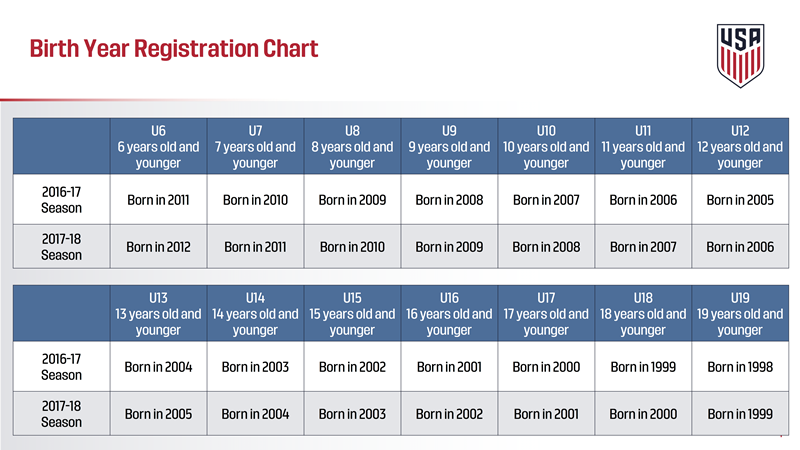U.S. Soccer Member Organizations Adopt PDIs in Support of Youth Development
August 1, 2017 marks the official rollout of U.S. Soccer’s Player Development Initiatives (PDIs). Here are five things you should know about the newest standards in youth soccer.







